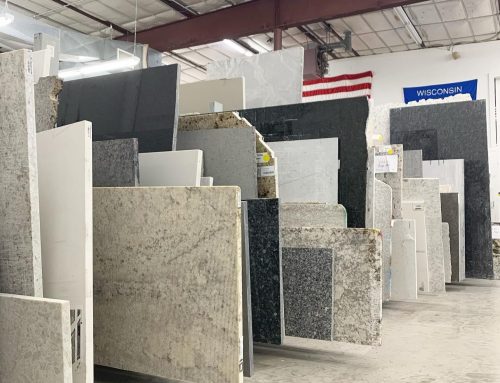How can you tell if a stone is natural? Natural stone has been prized for centuries for its beauty, durability, and uniqueness. However, with the rise of engineered and synthetic stone options, it can sometimes be difficult to differentiate between natural and man-made materials. Whether you’re a homeowner looking for authentic stone for your project or a collector wanting to verify your latest find, here are some key ways to determine if a stone is natural.
1. Examine the Stone’s Surface and Pattern
Natural stones, such as marble, granite, and quartzite, have unique veining, color variations, and patterns that are irregular and unpredictable. In contrast, synthetic stones often have repetitive patterns or overly uniform designs. If the pattern looks too perfect or consistent, it may be an engineered product.
2. Check for Imperfections
Natural stones typically have minor flaws, such as tiny cracks, mineral deposits, or slight variations in color. These imperfections are a hallmark of authenticity. Engineered stones, on the other hand, are manufactured to be flawless and may lack the organic irregularities found in natural stone.
3. Perform a Hardness Test
Different types of natural stone have varying levels of hardness, which can be tested using the Mohs hardness scale. For example:
- Quartzite is harder than glass and cannot be easily scratched.
- Marble is softer and can be scratched by a knife.
- Limestone and travertine are relatively soft and can be scratched with a coin.
If the stone scratches too easily or has a plastic-like feel, it may be a synthetic material.
4. Check the Porosity
Natural stones have varying degrees of porosity, meaning they absorb water to some extent. A simple water absorption test can help:
- Place a few drops of water on the stone’s surface.
- If the water is absorbed quickly, the stone is likely natural.
- If the water beads up without being absorbed, it may be sealed or a synthetic material.
Marble, limestone, and travertine are known for their porosity, while granite and quartzite are less absorbent.
5. Feel the Temperature
Natural stone tends to be cooler to the touch compared to synthetic materials. If you place your hand on the surface, natural stone will often feel colder than surrounding room temperature due to its density and thermal properties. Man-made stones, like quartz or porcelain, may feel slightly warmer.
6. Examine the Edges and Underside
If possible, check the edges and underside of the stone slab. Natural stone often has a rough, unpolished underside, while engineered stone usually has a uniform, finished bottom. The presence of a mesh backing could also indicate that the stone is a reinforced natural slab, commonly seen in fragile marbles.
7. Look for Fossils or Natural Inclusions
Certain types of natural stone, like limestone and travertine, often contain visible fossils, shell fragments, or mineral inclusions. These natural features are not present in synthetic materials and can be a clear indicator of authenticity.
8. Test for Resin or Artificial Coatings
Some engineered stones contain resin binders or coatings that give them a glossy finish. If a stone appears overly shiny or has a plastic-like sheen, it may be a synthetic product. A quick acetone test (applying a small amount of acetone on an inconspicuous area) can sometimes help—natural stones are unaffected, whereas resins or coatings in synthetic materials may dissolve or change appearance.
Conclusion
So how can you tell if a stone is natural? Determining whether a stone is natural requires a combination of visual inspection, touch tests, and simple experiments. If in doubt, consulting a professional stone expert or geologist can provide a definitive answer. Natural stone offers unique beauty and durability, making it a valuable choice for a variety of applications. Knowing how to identify authentic stone ensures you make an informed decision when selecting materials for your home, collection, or design project.





